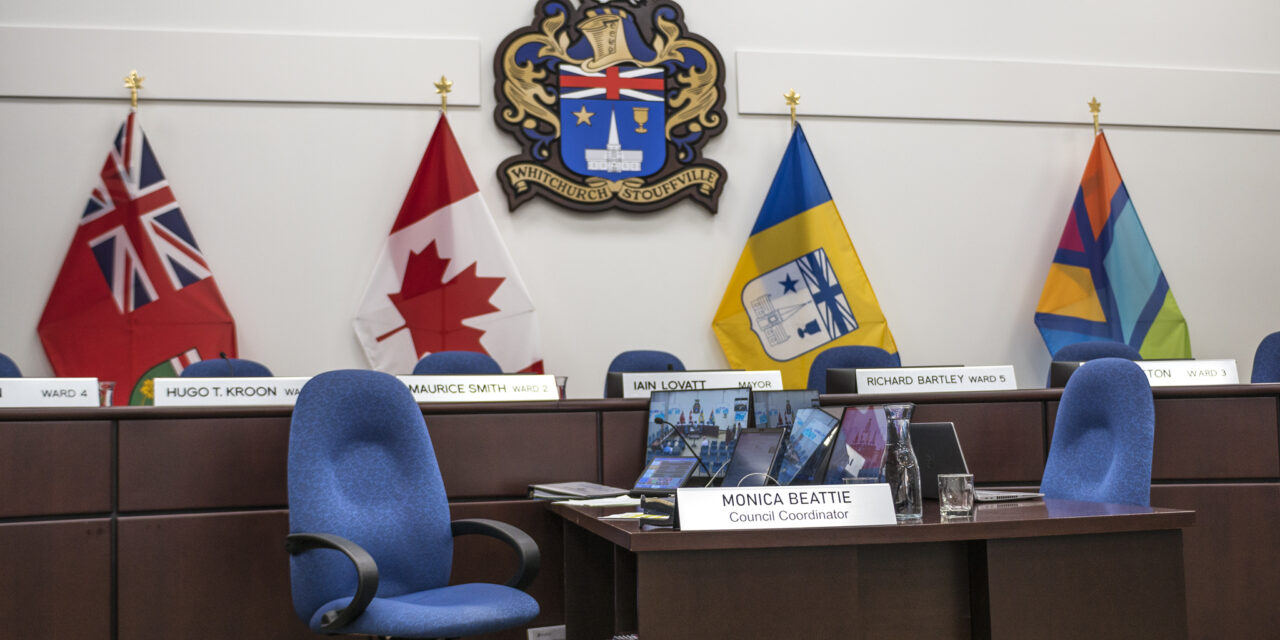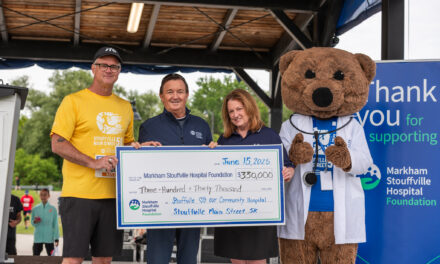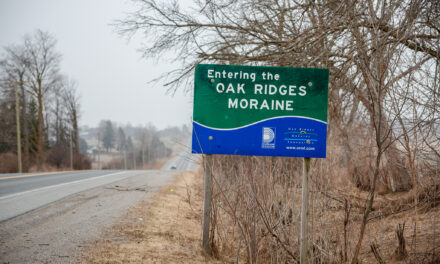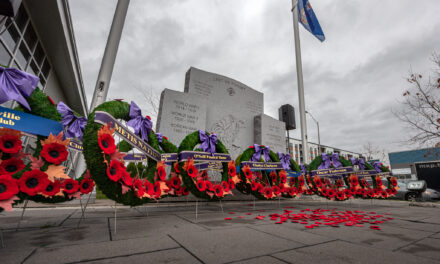- Despite overspending in several areas, Stouffville ended 2024 with a preliminary operating surplus of $29,500,
- Total operating expenditures exceeded the $74.1 million budget by roughly $1.15 million.
- Those expenses were offset by higher-than-expected revenue of just under $1.2 million.
- Only 192 of the forecasted 578 residential units were constructed, leading to a sharp drop in Development Charge collections.
- Stouffville spent $16.3 million on capital projects, completing 109 initiatives and leaving nearly $40 million for future work.
- The Water and Wastewater Operations division posted a $735,800 deficit due to rising Regional costs and weaker development-related revenues.
- The final surplus will be allocated to the Town’s Tax Stabilization Reserve.
The Town of Whitchurch-Stouffville ended 2024 in the black, though just barely, with a preliminary operating surplus of $29,500. While modest, the surplus represents a balanced finish to a year marked by rising operational costs and lagging development revenues. The final numbers will be confirmed in June following the annual audit.
On the operating side, total 2024 expenditures exceeded the approved $74.1 million budget by more than $1.1 million, landing at $75.24 million.
The overspending was largely a result of staffing pressures. Full-time personnel costs surpassed the budget by $882,900, while part-time staffing came in at $501,300 over. In their report, Staff attributed the increases to restructuring costs and expanded service offerings, particularly in recreation, which necessitated additional personnel.
Material and supply costs also ran over budget by more than $500,000. Contributing factors included enhanced programming, higher event costs, increased production costs for the On the Road magazine, and unplanned expenditures such as pavement markings and portable radios for by-law officers.
The implementation of the new Administrative Monetary Penalty System also introduced transition costs not originally budgeted. However, grants and sponsorships helped offset some of these additional expenditures.
Despite the overruns, the Town benefited from greater-than-expected revenue on several fronts. Total revenue exceeded the budget by roughly $1.18 million. Property tax collections brought in $1.36 million more than anticipated, while investment income outpaced estimates by $552,500 mostly due to elevated interest rates.
Recreation programming was another strong performer, with expanded aquatics and fitness offerings boosting registration. Facility and arena rental income also surpassed projections, and utility savings in hydro, water, and fuel helped cushion some of the shortfalls.
On the capital side, Stouffville approved $65.5 million in spending for 2024. That included $21.5 million in new projects and $30.6 million in carry-forwards from prior years.
As of year-end, the Town had spent approximately $16.3 million. Coming in under budget by nearly $4 million, Stouffville completed 109 capital projects. Seven projects were rebudgeted, eight were cancelled, and just under $40 million remained for future work.
While some projects were deferred, Staff noted that many are multi-year undertakings with progress ongoing. Key capital projects moved into 2025 include the $6.3 million Edward Street reconstruction, $1.6 million for a new fire pumper truck, and a combined $1.6 million in early-phase design work for Main Street Reconstruction and the new firehall in Ballantrae.
As development slowed throughout 2024, Stouffville experienced a sharp downturn in development-driven revenues. The Town’s forecast had anticipated 578 residential units and 271,060 square feet of non-residential growth. At year-end, only 192 residential units and 215,104 square feet in non-residential development were delivered.
Corresponding Development Charge collections therefore fell short. Just $3.03 million was collected from residential development, compared to a forecast of $14.73 million. Non-residential Development Charge revenue reached $1.45 million of the $1.65 million target.
Additionally, the Development Engineering and Development Planning divisions fell $1.1 million short of revenue targets due to fewer subdivision and site alteration applications. Building Services reported a $291,700 deficit, stemming largely from reduced residential construction and lower building permit revenues.
Staff emphasized that development activity follows a cyclical pattern and remains sensitive to broader macroeconomic conditions. As such, they will work to refine revenue projections and budget expectations in future cycles.
Lastly, Water and Wastewater Operations faced their own financial challenges. The rate-supported division ended the year with a combined $735,800 deficit, driven by increased payments to York Region not matched by equivalent growth in Town user fee revenues. Slower development compounded the issue, as meter sales and bulk water revenue fell short of budgeted targets.
The final operating surplus will be allocated to the Tax Stabilization Reserve, which protects against sudden financial shocks and prevents major impacts on Stouffville’s tax levy. As of December 31, the reserve stood at $7.6 million, above the $4.9 million mandated minimum but below the Town’s target of approximately $9.5 million.
After peaking in 2021, Staff have flagged the reserve’s declining balance and noted the importance of restoring it through disciplined fiscal planning over the coming years.





